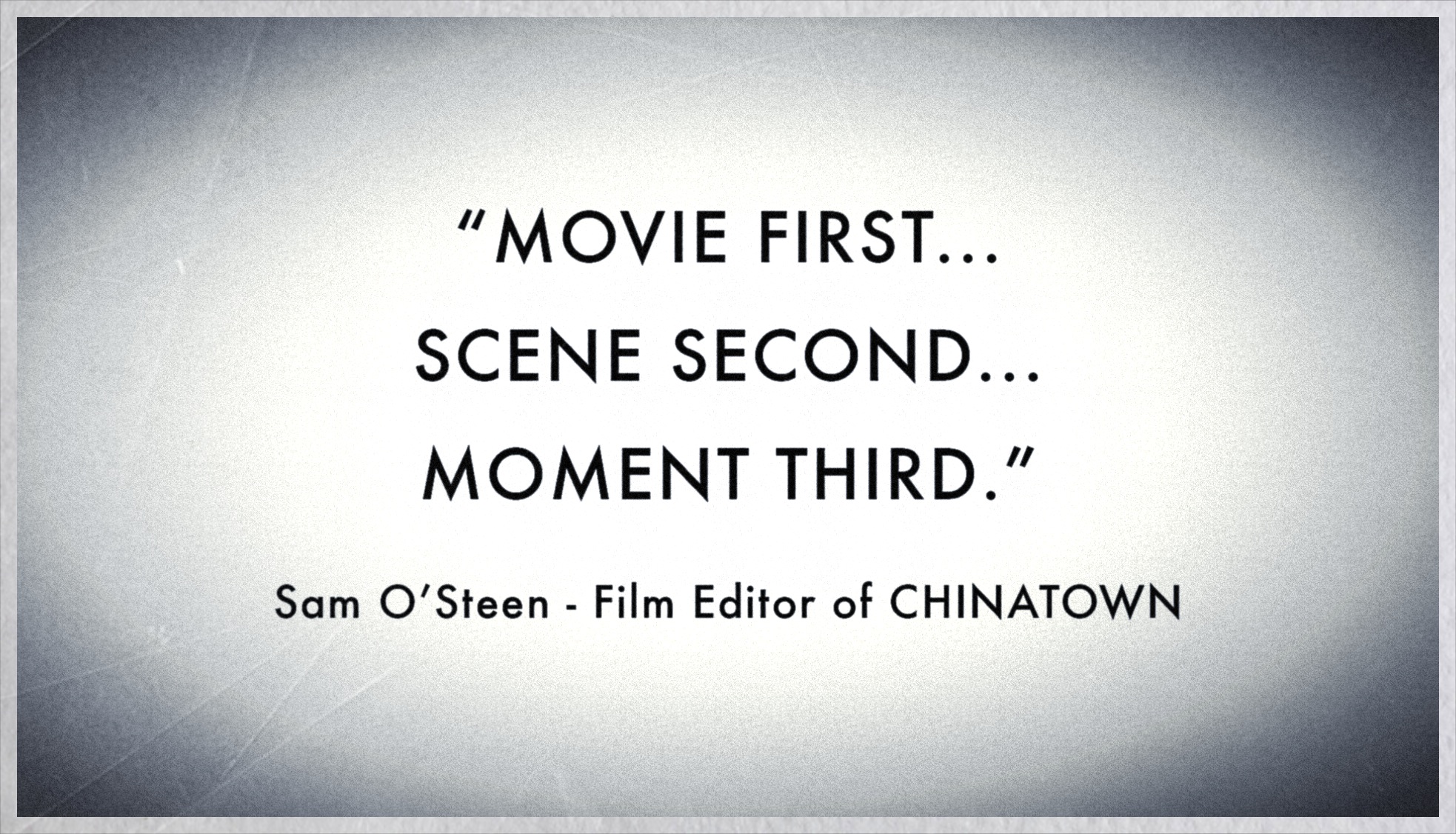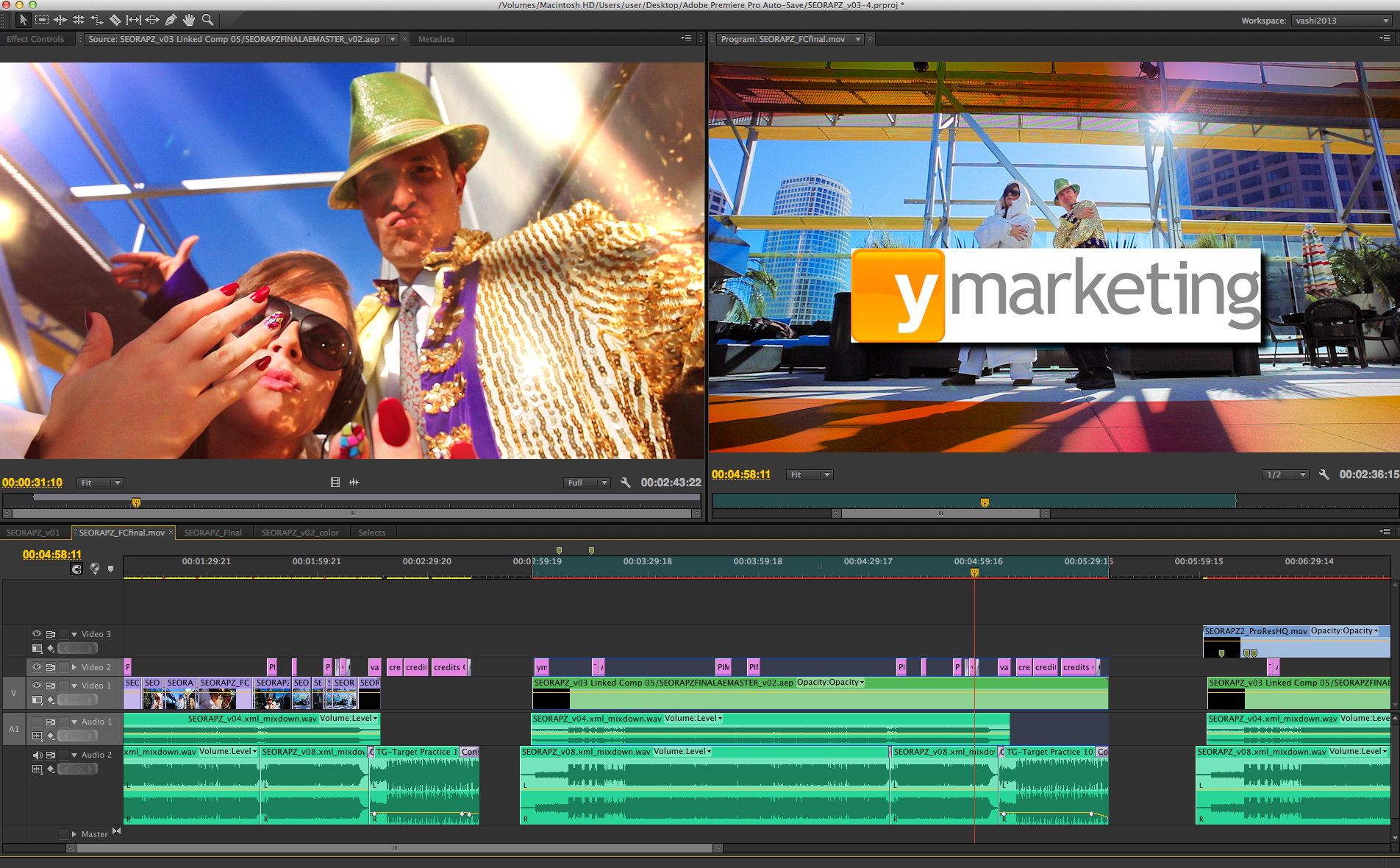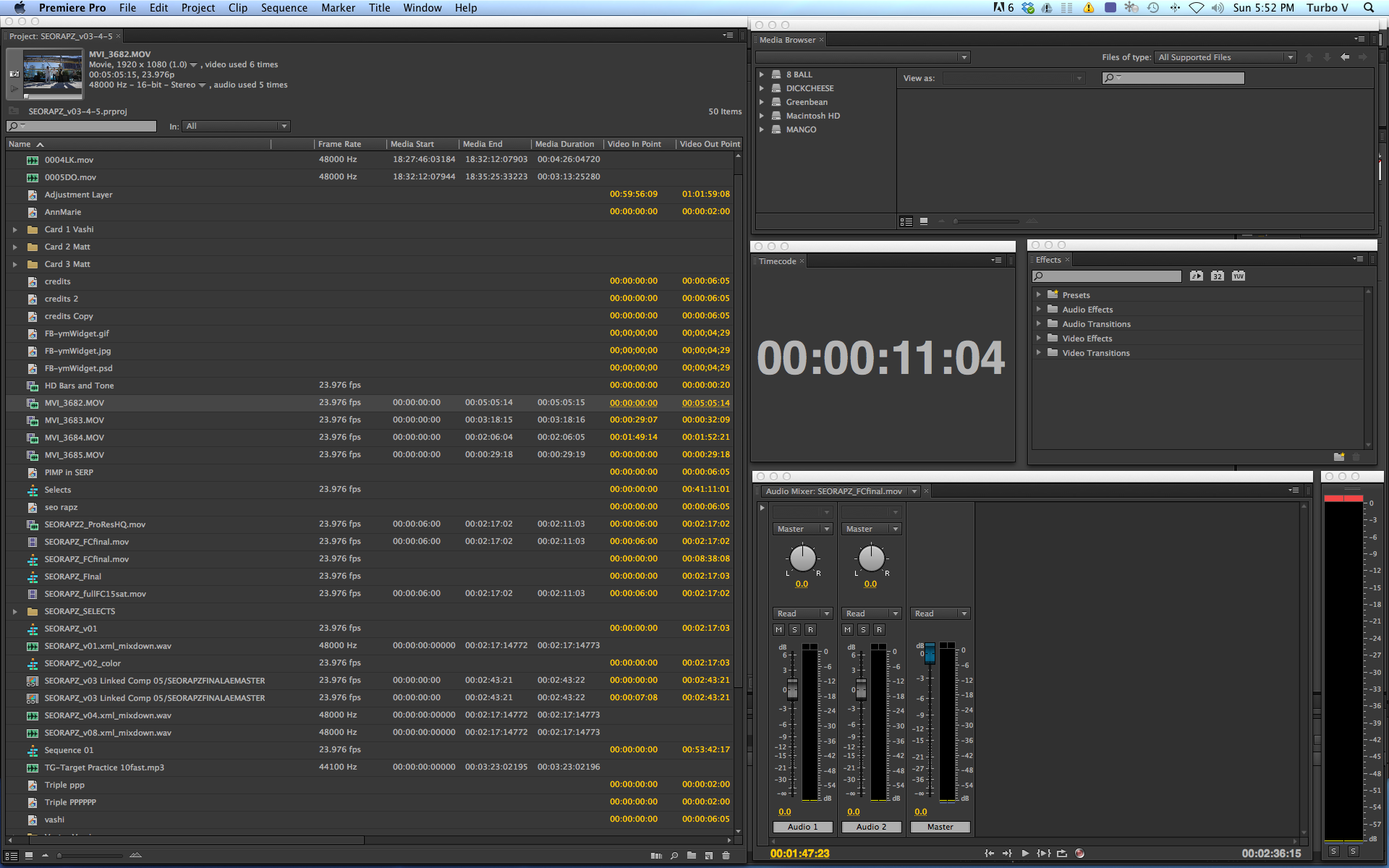Sam O’Steen has edited some of the most memorable films in Cinema history. CHINATOWN, ROSEMARY’S BABY, THE GRADUATE and COOL HAND LUKE are just some of the classic films he crafted shot by shot. Both Sam and I follow the practice that there is a hierarchy of importance that should be followed when editing a film. A single, great edit that calls attention to itself, does not help tell the story. It calls attention to the film editor in a masturbatory way…LOOK AT ME! LOOK WHAT I DID! The invisible art of film editing must carry the audience on a journey for the length of the film like a leaf on the wind. It should feel effortless and not reveal the manipulations and decisions made shot by shot to achieve the final film.
The film editing philosophy of Sam O’Steen
A film editor must be able to step back and view the film with a bird’s eye view…from high above and feel the ebb and flow of the entire narrative…then guide the story both intuitively and unbeknownst to the viewer. A single bravura cut, out of context and just for show, can ruin a film. In the rare instance that a chaotic, deliberate and stylistic choice of visible editing is carried out through the entire story…an editor can reset the viewer’s normal expectations. This style of editing most often comes from discussions with the director before editorial begins so everyone is on the same page.
Sometimes, a magically unplanned moment can occur…once the trust of the director has been established, where the editor can suggest and share an edit decision that breaks with convention yet aids in the storytelling process. Sam O’Steen famously edited Dustin Hoffman’s reaction to Mrs. Robinson exposing herself to him in THE GRADUATE. Sam used a triple-cut of Dustin turning around, focused on the awkward reactions of Dustin and used 3-frame edits to show the naked Mrs. Robinson to craft a deliciously titillating (had to do it) scene. The reason this jagged editing works is because Sam uses it throughout the film like connective tissue to handle emotional and important scenes. He wove technique into narrative…organically…and spectacularly…to help create a new visual language for editors.
Movie first. Scene Second. Moment Third. Build a solid, functioning story foundation before you start breaking the rules and frame-fucking moments for effect. Finally…you will never know what works and what doesn’t until you try it. Each situation is different and there is no wrong or right. Don’t ever be afraid to attempt a bold edit decision if it feels right.
Until next time…




